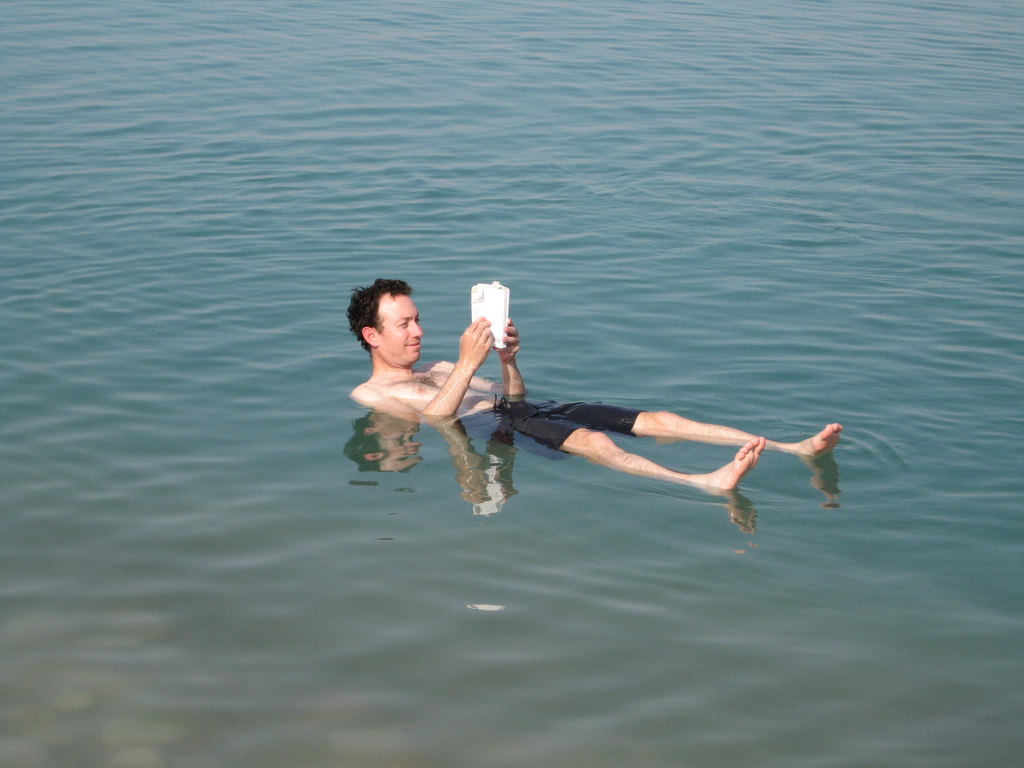
I’ve been listening to many of my classroom teachers and other teachers from around my region. Many teachers at all grade levels are concerned about making the transition to the New York State Science Learning Standards too soon. To their credit, their concerns about the current assessments are very convincing since many teachers’ APPR scores are tied to the Regents or 8th Grade assessments linked to the current core curriculum. However, many of the slow transitions can be made while still maintaining the integrity of our instruction now so that students will still be successful on our assessments now.
First, we can begin to think about using anchoring phenomenon in our everyday instruction. What are anchoring phenomenon you may ask? When I started out planning my units of study as a wide-eyed first-year teacher, I used the chapters in the textbook to guide my sequence of lessons. With the NYSSLS grounded in the ideals of the Framework, the new learning standards call for sequences to be grounded in an overarching natural phenomena instead of the traditional chapter approach. Don’t get me wrong: many of these unit sequences may still revolve around a similar thematic approach like textbook chapters, but the unit plans will piece-by-piece unpack the three-dimensions needed to fully answer this anchoring phenomenon, like the image above with the man seemingly floating on water.
According to Penuel & Bell (2016), anchoring phenomenon should possess the following characteristics:
- Build on student everday experiences. This brings in a local dimension to our everyday instruction. Being on an island facing many environmental issues, these phenomena could be linked to perhaps groundwater resources, the formation of Long Island itself, or the loss of shark nurseries in the South Shore bays, for example.
- Incorporate multiple performance expectations. Bundling at least two similar performance expectations from the standards will not only help cut down on instructional time, it will also allow students to make deeper connections between multiple areas of the life sciences, physical sciences, and earth and space sciences. Furthermore, bundling could present a way to incorporate the engineering practices from each grade band.
- Complex. Students should not be able to answer the questions surrounding the anchoring phenomenon in one lesson or a simple Google search. Investigative phenomenon lack the complexity of anchoring phenomenon since they could be answered by the end of the lesson, so they add an overarching question to the learning objective and allow us to move toward an eventual understanding of the anchoring phenomenon at the end of the unit.
- Observable. Students should be able to confront the phenomenon through their everyday observations, laboratory investigations, or through some form of multimedia presentation. Again, if the students cannot relate somehow to the anchoring phenomenon and are interested in finding out more about it, the unit of study may need to be changed to grab their attention.
- Can Be a Case Study or Wonderment. The pine beetle infestation of Long Island could be a very interesting anchoring phenomenon to investigate ecosystems and how the ecosystem can be adversely affected through the introduction of an invasive species. Or students may be interested in the evolution of the Big Bang over the past billions of years. The teacher could then frame the anchoring phenomenon around the formation of our universe, tying in investigative phenomenon as the students move through the sequence of lessons that break down the DCIs into observable chunks for students to dive in deeper.
- Include data. Students need to be confronted with real-life messy data in order to make sense of the world around them. Understanding how global climate change affects different aspects of our natural world is a highly complex process with many different variables that always don’t present themselves in a perfect straight line. Students should also be expected to deal with imperfect data and how to make valid conclusions from these experiments. The science and engineering practices, along with cross-cutting concepts, are the perfect vehicle to assist the students in designing and making sense of these investigations revolving around phenomena.
We can begin to take a look around us to see if we can find any everyday phenomenon that could drive a full unit (anchoring phenomenon) or an individual lesson (investigative phenomenon) that meet not only the current standards on which students will still be accessed, but also link well to the New York State Science Learning Standards (NYYSLS). If you find something, see if it meets the criteria listed above. Test it out now to see if students are able to make the connection. Use them as pre-assessments, formative assessments, or post-assessments in your current instruction. Test drive them now and modify them as we get closer to seeing how the new assessments will unfold and as we gain more professional learning opportunities linked to unpacking these exciting new standards. For an example of a storyline incorporating an anchoring phenomenon in a DNA unit, please check out the Teaching Channel link here. Also, for tools on how to develop storylines (or some already piloted storyline units), please check out this website.
Penuel, W. R., & Bell, P. (2016, March). Qualities of a Good Anchor Phenomenon for a Coherent Sequence of Science Lessons. Retrieved from goo.gl/jGGGTe

